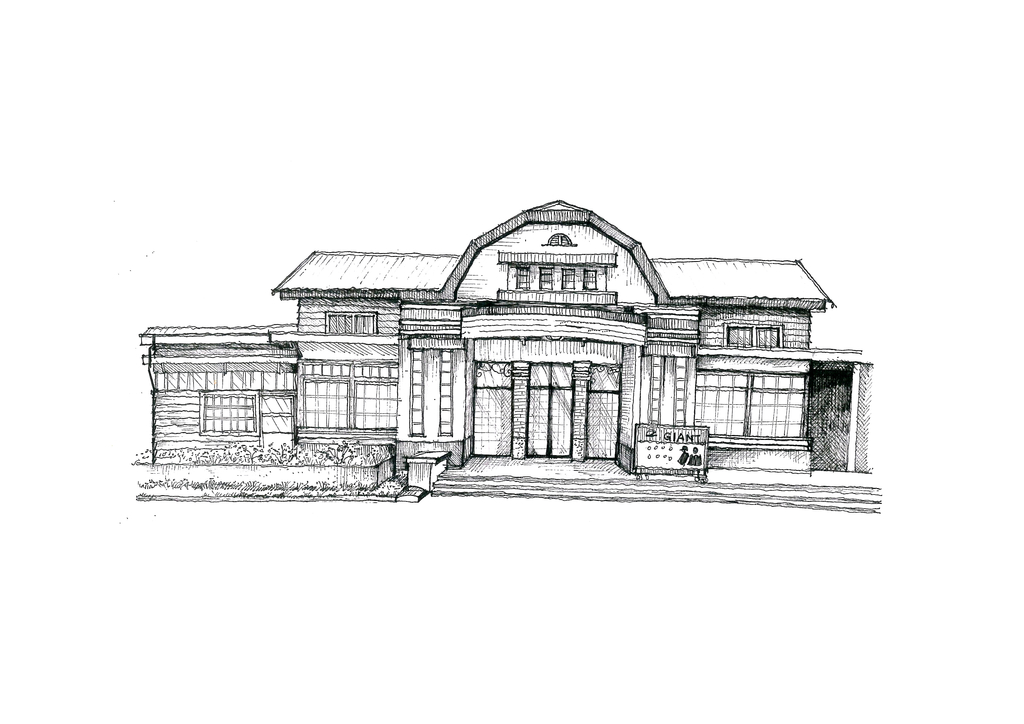 |
.png)
建於日治大正八年(西元1919年),正面中央為兩段式傾斜的曼薩爾式屋頂,是19世紀時期拿破崙三世最常用於法國公共建設的屋頂樣式,為東部鐵路幹線僅存的日治時代「和洋折衷式」老車站。
當時台東至關山段起先是台東製糖株式會社營運的窄軌運糖鐵道,關山火車站所承擔的是經濟運輸功能, 後來鐵道和火車站被台灣總督府鐵道部收購,開始有了大眾運輸功能,客家人移居東部者日益增多,而阿美族原住民更是大規模東遷,關山舊火車站見證了關山小鎮的世代更迭。
至1980 年,距離舊站100公尺的新建關山火車站正式啟用,關山舊火車站則功成身退,荒煙蔓草中度過數十寒暑。2005年由臺東縣政府爭取修繕經費,終於讓這個老車站得以獲得重生,恢復原貌。
地址:臺東縣關山鎮博愛路6號(現為捷安特-關山站)
Built during the Japanese colonial era in 1919 (Taisho 8), the station features a Mansard-style roof with a two-tier slope at its central façade. This architectural style, popularized by Napoleon III in 19th-century France, was commonly used in public buildings. The old Guanshan Station is the last remaining example of the "Wa-Yo Setchū" (Japanese-Western fusion) style along the eastern railway line.
Initially, the railway segment from Taitung to Guanshan was operated as a narrow-gauge sugar railway by the Taitung Sugar Co., primarily serving economic transportation needs. Later, the Taiwan Governor-General's Railway acquired the railway and the station, introducing passenger transport services. During this time, the influx of Hakka settlers to eastern Taiwan increased, and the Amis indigenous people began migrating in large numbers, marking a significant demographic shift in the region. The old Guanshan Station stood as a witness to these changes and the evolving identity of the small town.
In 1980, a new Guanshan Station was built 100 meters away, and the old station was retired, left abandoned for decades amidst overgrowth. In 2005, the Taitung County Government secured funds for its restoration, allowing the historic station to be revived and returned to its original appearance.
Address:
No.6, Boai Road, Guanshan Township, Taitung County (now Jiante-Guanshan Station)
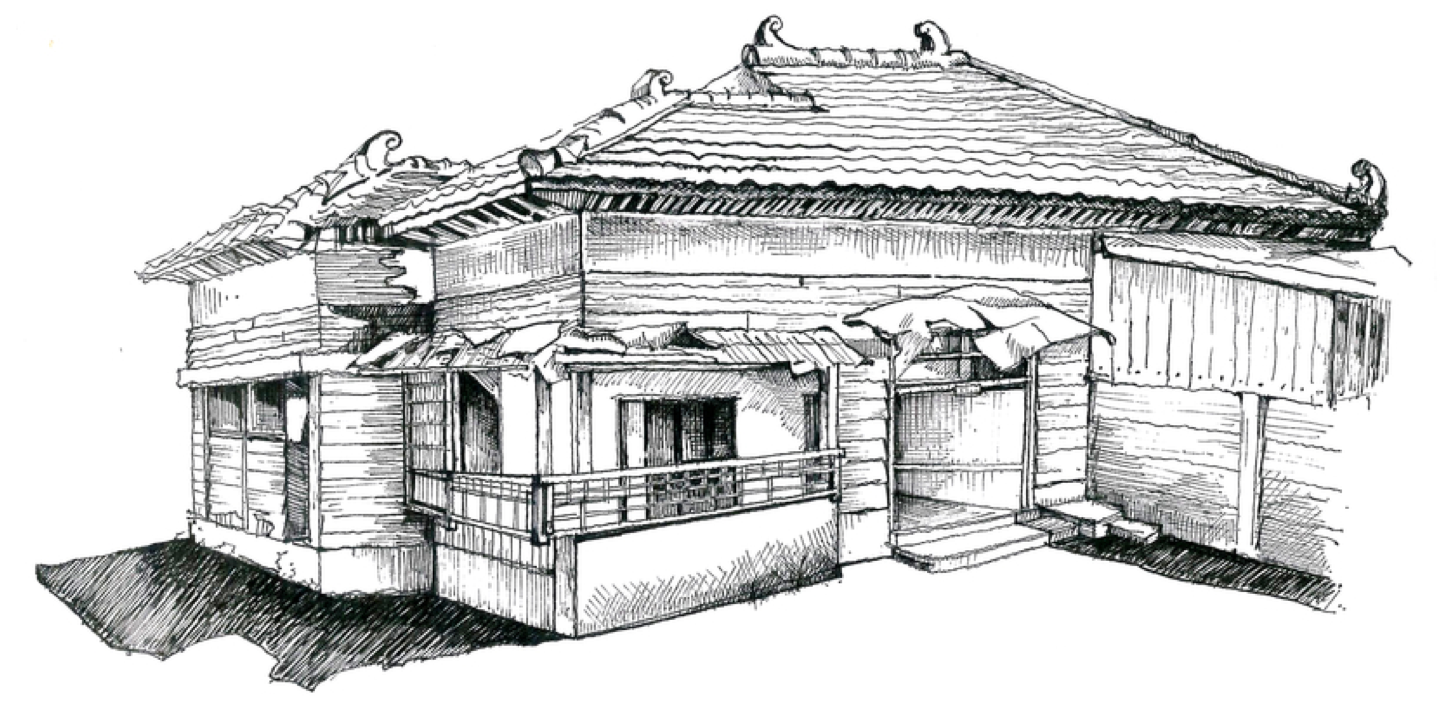
.png)
日式老舊房舍在關山鎮上隨處可見,可說是關山鎮的一大特色,位於今台東關山警察局(史蹟文物館)附近後側與兩側均有大量的日式建築,外表雖看似殘破不堪,但它卻是在日據時代鎮長、秘書的官邸喔!
地址:台東縣關山鎮中正路5號
Japanese-style old houses are a common sight throughout Guanshan Town, making them a distinctive feature of the area. Many of these traditional structures are located near and behind the present-day Guanshan Police Station (now a Historic and Cultural Museum). Though their exteriors may appear worn and dilapidated, these buildings once served as the official residences for the town mayor and secretary during the Japanese colonial era.
Address:
No.5, Zhongzheng Rd., Guanshan Township, Taitung County, Taiwan
最老的宿舍-站長宿舍 Stationmaster’s Residence – Old Guanshan Railway Station Quarters
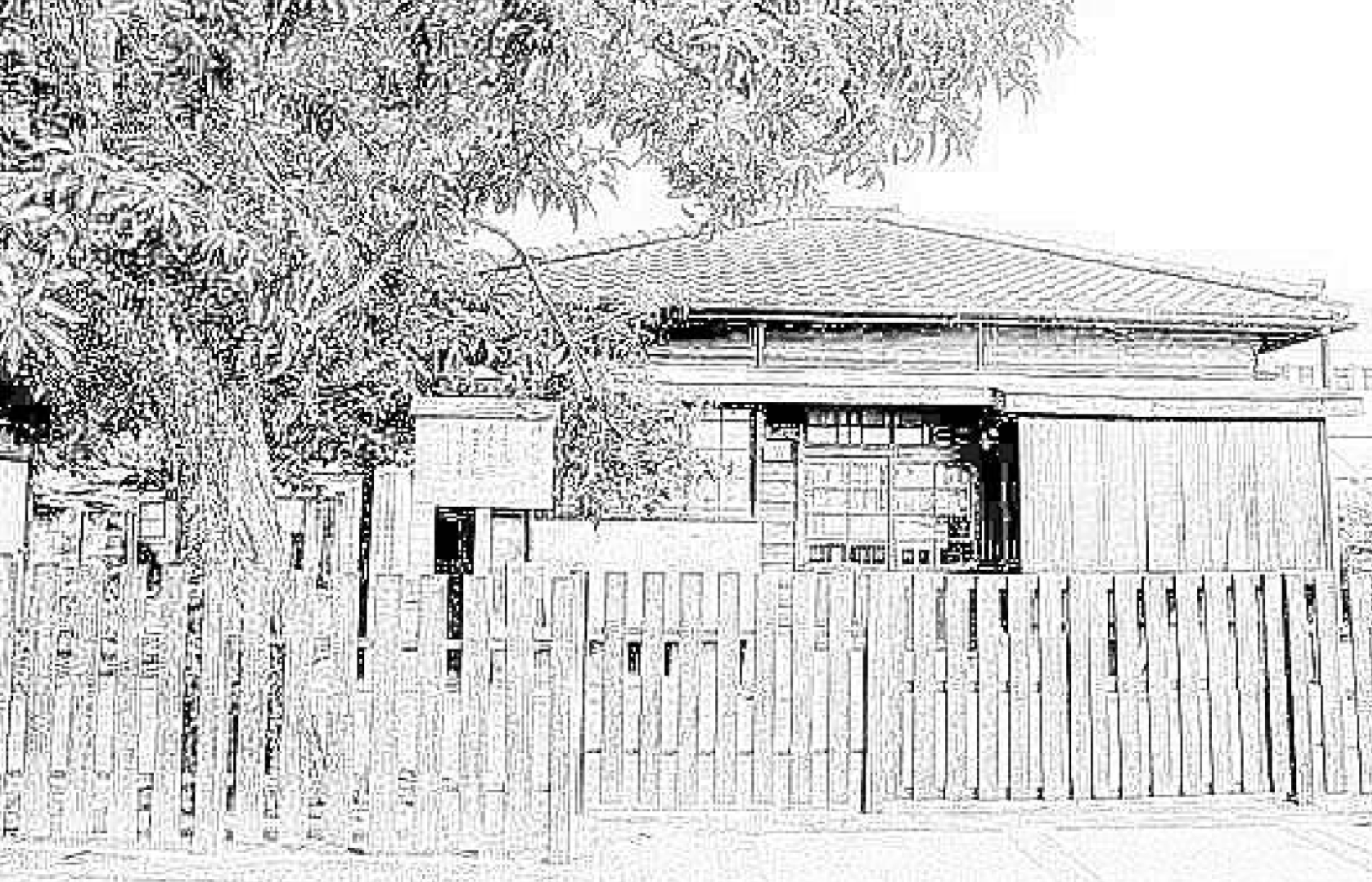
.png)
座落於關山舊火車站的西北側,創建時間可回溯至日治大正八年(西元1919年,台灣總督府建成完工那年),由台灣總督府鐵道部興建,見證了最初關山的鐵道時代。
整棟建築以檜木為建材,屋身以磚砌抬高,牆體是竹編夾泥牆白灰粉刷,外側以雨淋板披覆,屋頂為四披水形式,北側立面的凸窗設計當時罕有。
地址:台東縣關山鎮博愛路21號
Located on the northwest side of the old Guanshan Train Station, this residence dates back to 1919 (Taisho 8), the same year the Taiwan Governor-General's Railway completed its construction. Built by the Railway Department of the Taiwan Governor-General's Office, the residence stands as a testament to the early railway era in Guanshan.
The entire building is constructed using Taiwan cypress wood, with the structure elevated on brick foundations. The walls are made of bamboo lattices filled with mud and coated with white plaster, while the exterior is covered with weatherboards. The roof features a hipped design with four sloping sides. Notably, the projecting windows on the northern façade were an uncommon architectural element at the time.
Address:
No.21, Boai Road, Guanshan Township, Taitung County, Taiwan.
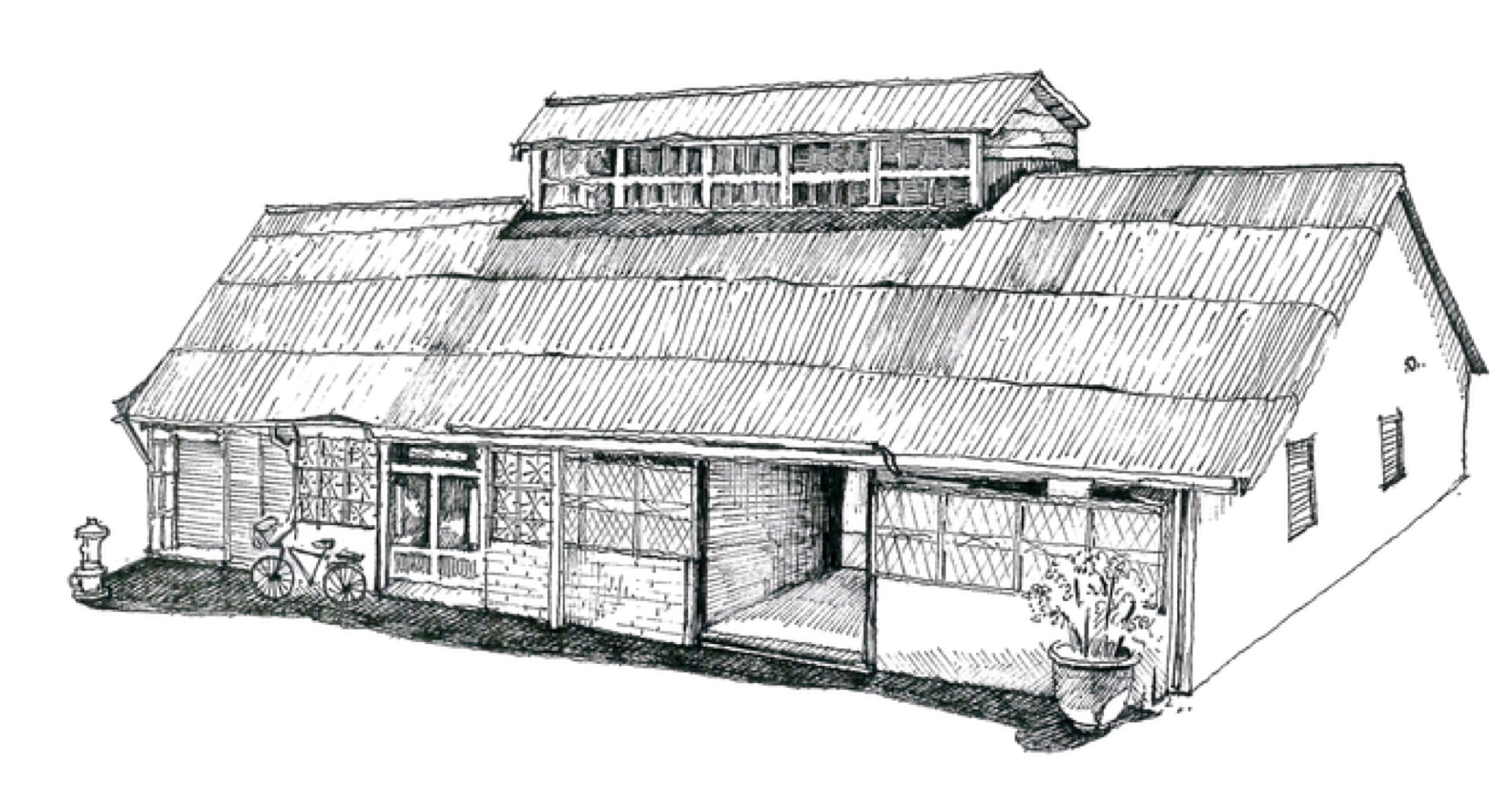
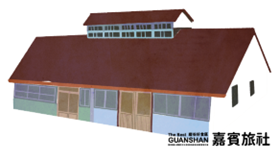
位於舊火車站前的嘉賓旅社,是當時鎮上生意最好、最大間的旅社。來鎮上做生意或做工的外地人,很多都會到這裡投宿。
旅社共有36間房間,2樓的房間全部都是檜木做的,現在仍保留了當時間房的格局,走進去,以往的人聲沸鼎,彷彿仍在…
地址:臺東縣關山鎮中山路2號
Located in front of the old Guanshan Train Station, Jiabin Guesthouse was once the largest and most prosperous inn in town. It was a popular choice for out-of-towners coming to Guanshan for business or work, offering a convenient place to stay.
The guesthouse had a total of 36 rooms, with all the rooms on the second floor constructed entirely of Taiwan cypress wood. The original layout of the rooms remains intact to this day, preserving the atmosphere of its heyday. Stepping inside, one can almost hear the echoes of bustling conversations and lively activities from the past.
Address:
No. 2, Zhongshan Road, Guanshan Township, Taitung County, Taiwan.
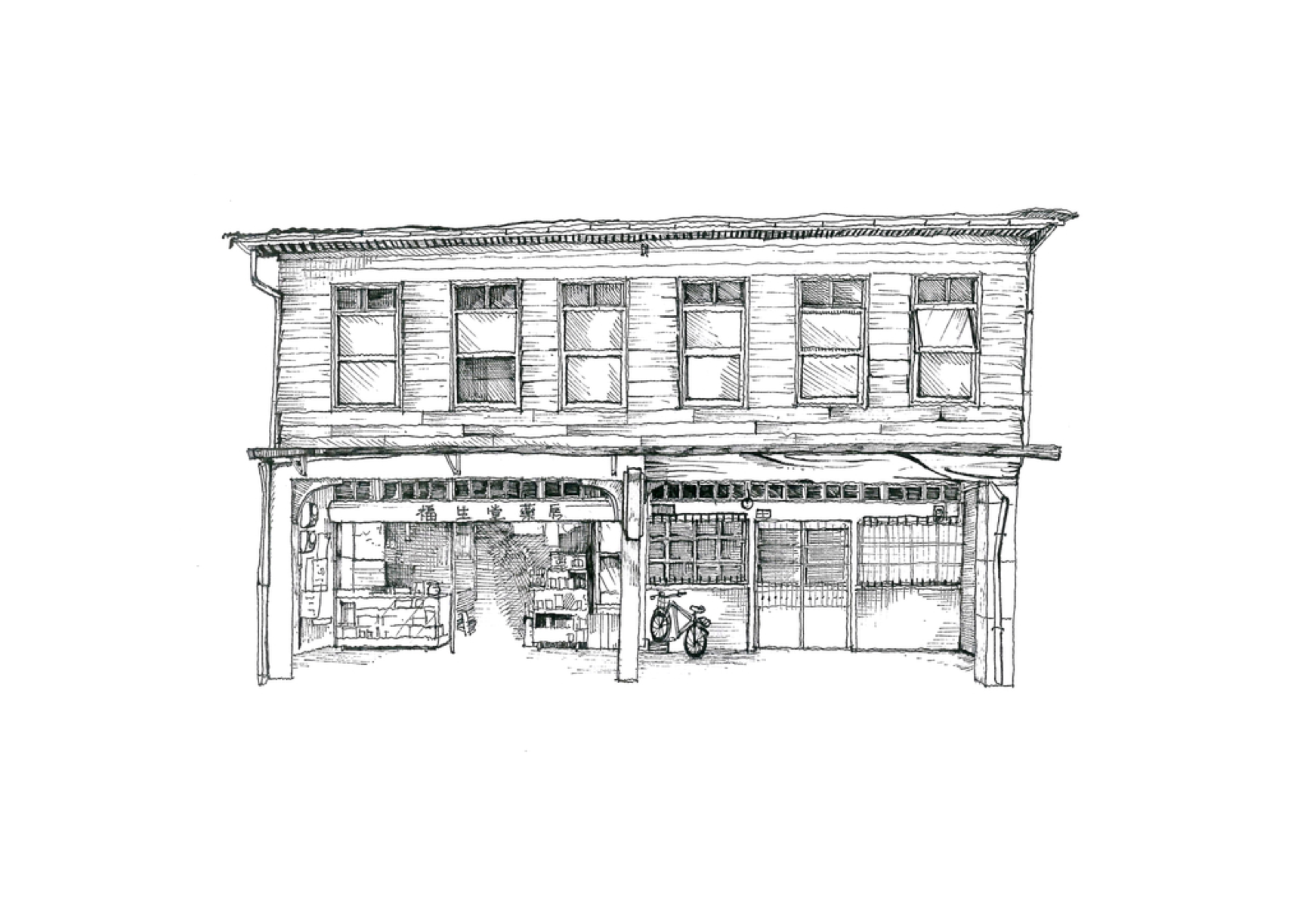
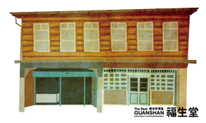
一般人對「五分珠」的印象就是減緩頭痛、牙痛等,卻很少人知道它的原產地是在台灣人口最少的鎮—關山鎮。
福生堂自民國九年開設迄今近百年,已歷經三代,是小鎮當時唯一一間藥局,也正因後山的醫藥難求,才有五分珠的問世,為鎮上人們的病痛帶來紓解,雖然現今已被醫院及診所替代,但走進福生堂,近百年木造建築、整片藥斗牆,濃濃的中藥味依然不變。
地址:臺東縣關山鎮中山路34號
Most people associate Wu-Fen-Zhu (a traditional remedy) with easing headaches and toothaches, but few know that its origin lies in Guanshan, the smallest town by population in Taiwan.
Fu Sheng Tang was established in 1920 (Republic of China Year 9) and has been in operation for nearly a century, spanning three generations. It was the only pharmacy in the town at the time. Due to the difficulty of obtaining medical care in the remote areas of eastern Taiwan, Wu-Fen-Zhu was developed to relieve the ailments of the local people. Although hospitals and clinics have since replaced such remedies, stepping inside Fu Sheng Tang still evokes a sense of history. The nearly century-old wooden building, walls lined with drawers for herbal medicines, and the lingering scent of traditional herbs offer a nostalgic glimpse into the past.
Address:
No. 34, Zhongshan Road, Guanshan Township, Taitung County, Taiwan
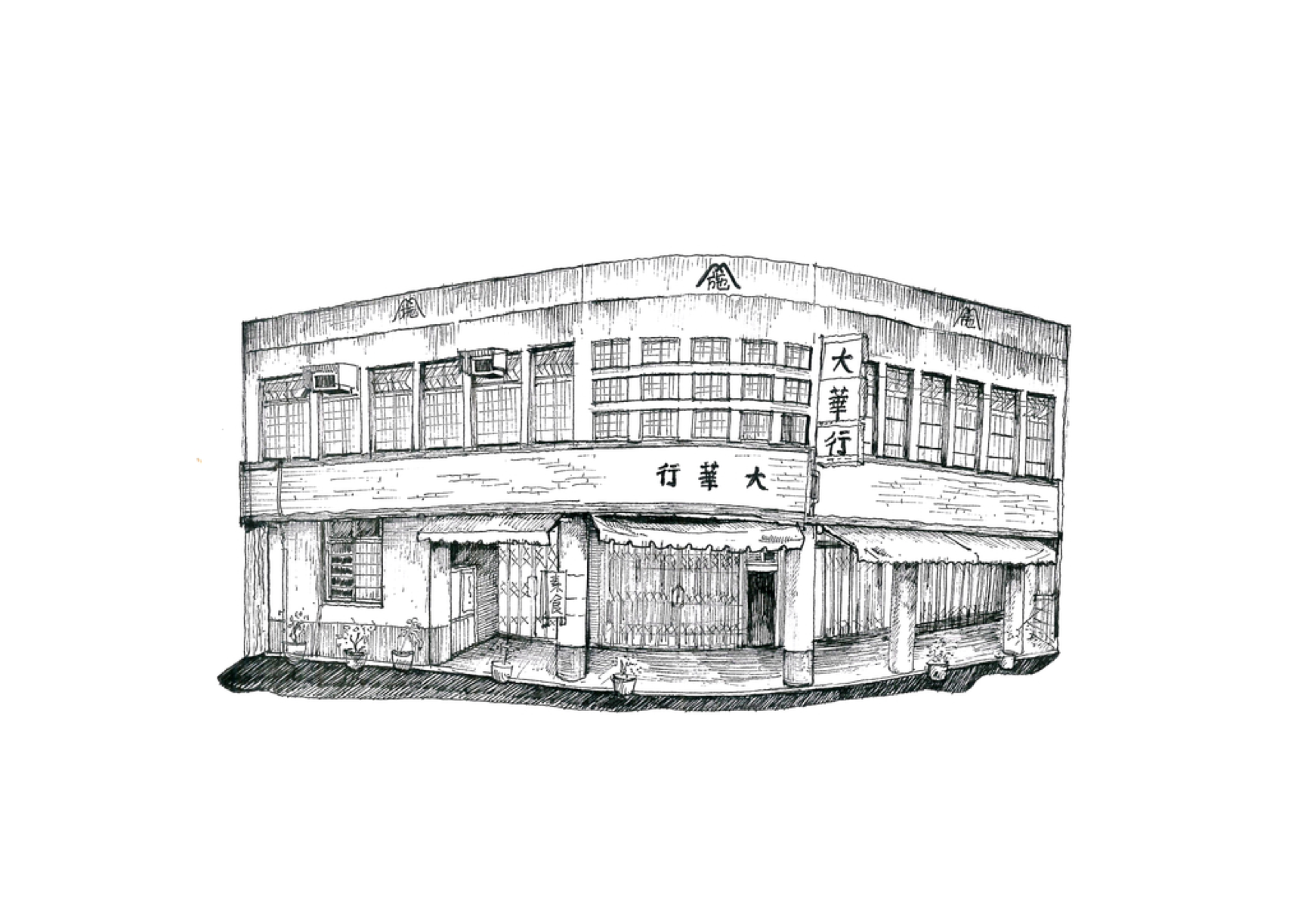
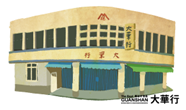
建於民國三十七年的關山大華行是當時鎮內最大的百貨商行,二層樓的水泥建築物掛著的是在地仕紳施振生先生的商社標章,昔日的百貨五金、時尚女妝盡是。
民國三十九年大華百貨行開始營業,約民國九十五年停業,是關山鎮最大的百貨行,因老闆娘身體健康出現問題,所以大華行就休業了。徐董娘是大華行的「招牌小姐」,40至80年代,在當時馬路只有5米寬的路旁,光是大華行裡就聘請了4位服務小姐,老闆呂樹堂負責進出貨,董娘負責在店裡招呼客人,因為長的非常漂亮,所以當時的大華百貨行不只生意好,很多人也是為了看老闆娘而去店裡買東西或找她聊天,所以在關山鎮問「招牌小姐」是誰? 大家都知道是大華行的董娘!
地址:臺東縣關山鎮中山路24號
Established in 1948, Da Hua Company was the largest department store in Guanshan at the time. The two-story concrete building proudly displayed the emblem of Mr. Shi Zhensheng, a local dignitary. The store offered a wide range of goods, from department items to fashionable women's products.
Da Hua Department Store began operations in 1950 and continued until around 2006 when it closed due to health issues faced by the owner. During its heyday, it was a bustling hub in the town. Mrs. Xu, the owner, was known as the "signature lady" of Dahua Company. From the 1940s to the 1980s, when the road outside was only five meters wide, Dahua employed four service ladies to assist customers. The owner, Lu Shutang, managed inventory, while Mrs. Xu greeted patrons. Her beauty attracted many customers, and it became common for people to visit the store not just for shopping but also to chat with her. In Guanshan, if you asked who the "signature lady" was, everyone knew it was the boss lady of Da Hua Company!
Address:
No. 24, Zhongshan Road, Guanshan Township, Taitung County, Taiwan
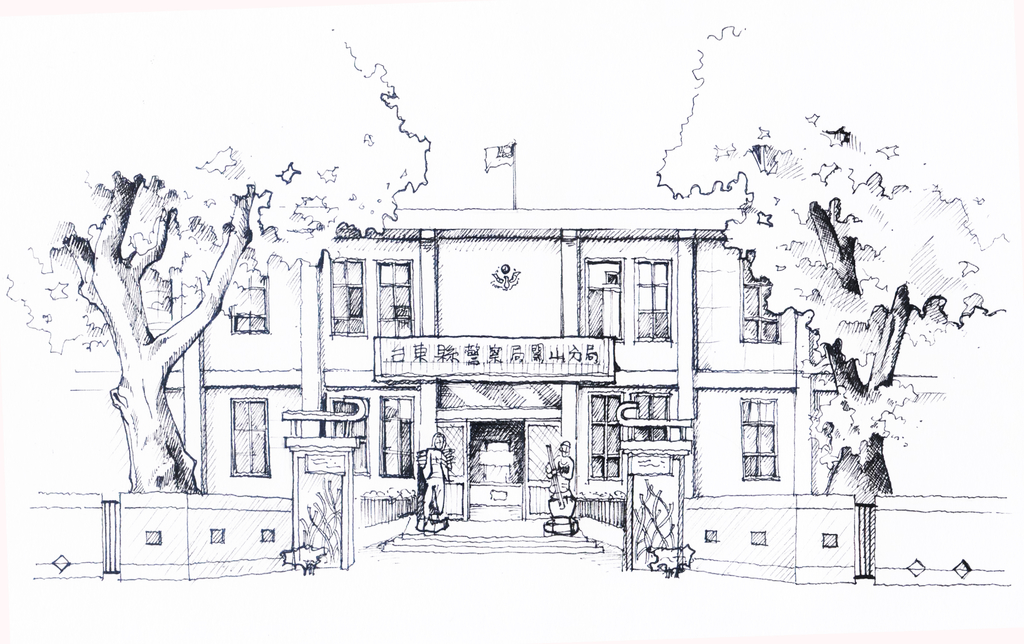
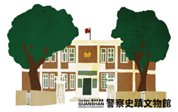
1932年(昭和七年)的日式建築被完整保留(僅屋頂有翻修),全國公家機關已找不到這樣的建築。
日治時期是警政與戶政合一,聽說老百姓在等待洽公時,坐在復古悠閒的長廊座椅上,看著園藝造景,不僅不會無聊,天熱時也不會心浮氣躁喔!
曾有日本人來參訪時,發現父親以前在這裡當戶局員的資料而激動地哭了起來。這裡也是全台灣第一個警察文物館,保存了從日治時代以來的警察文物,除了能與警察預約解說導覽,甚至借到外地展覽呢!
地址:臺東縣關山鎮中正路27號
The Police Historical Museum, established in 1932 (Showa 7), features a well-preserved Japanese-style building, with only the roof having undergone renovations. Such architecture is rare among public institutions in Taiwan today. During the Japanese colonial era, the police and household registration functions were combined. It is said that while waiting for their turn to handle official business, locals could relax on the vintage corridor benches, enjoying the landscaped gardens—making the wait pleasant and keeping them calm, even on hot days.
There was a notable incident when a Japanese visitor, upon discovering records indicating that his father had once served as a household registrar here, was moved to tears. This museum is also the first police museum in Taiwan, housing a collection of artifacts dating back to the Japanese colonial period. Visitors can arrange guided tours with the police and even borrow items for exhibitions outside the museum!
Address:
No. 27, Zhongzheng Rd., Guanshan Township, Taitung County, Taiwan
以上圖片轉載及文字改編來源:關山阿美米(http://blog.xuite.net/amissrice/blog)
